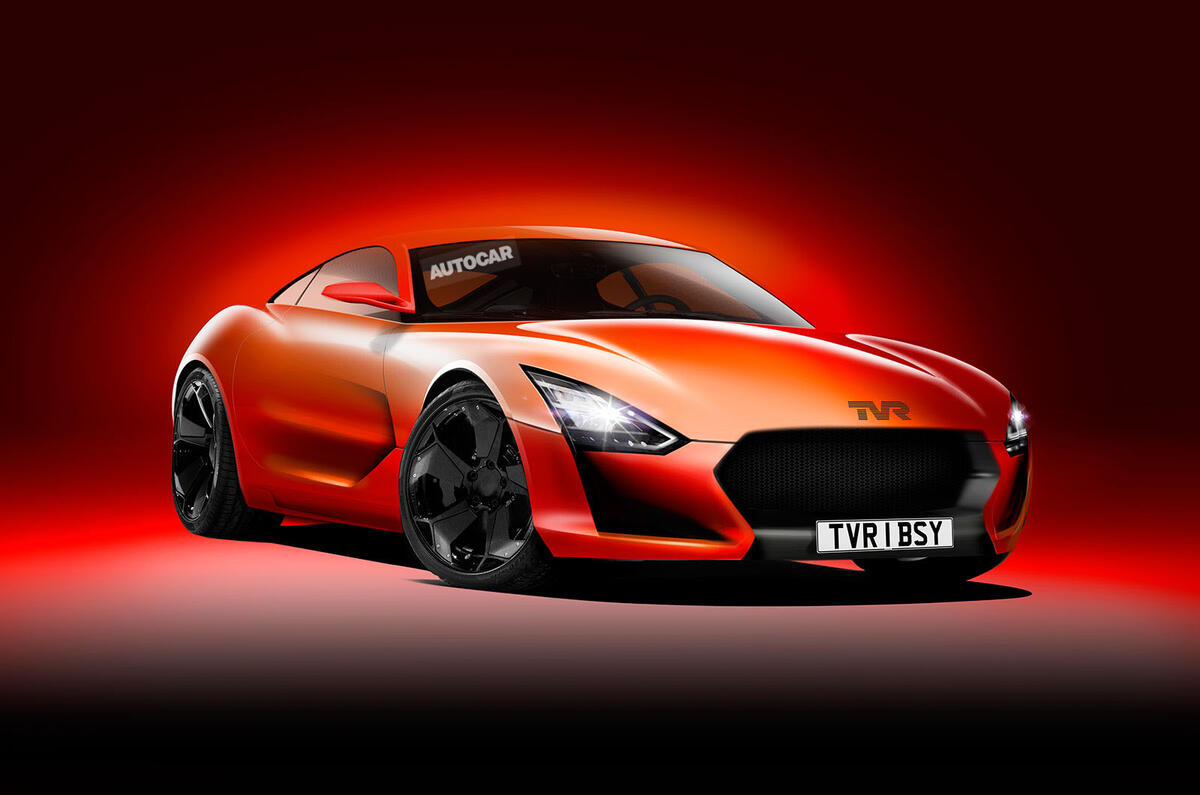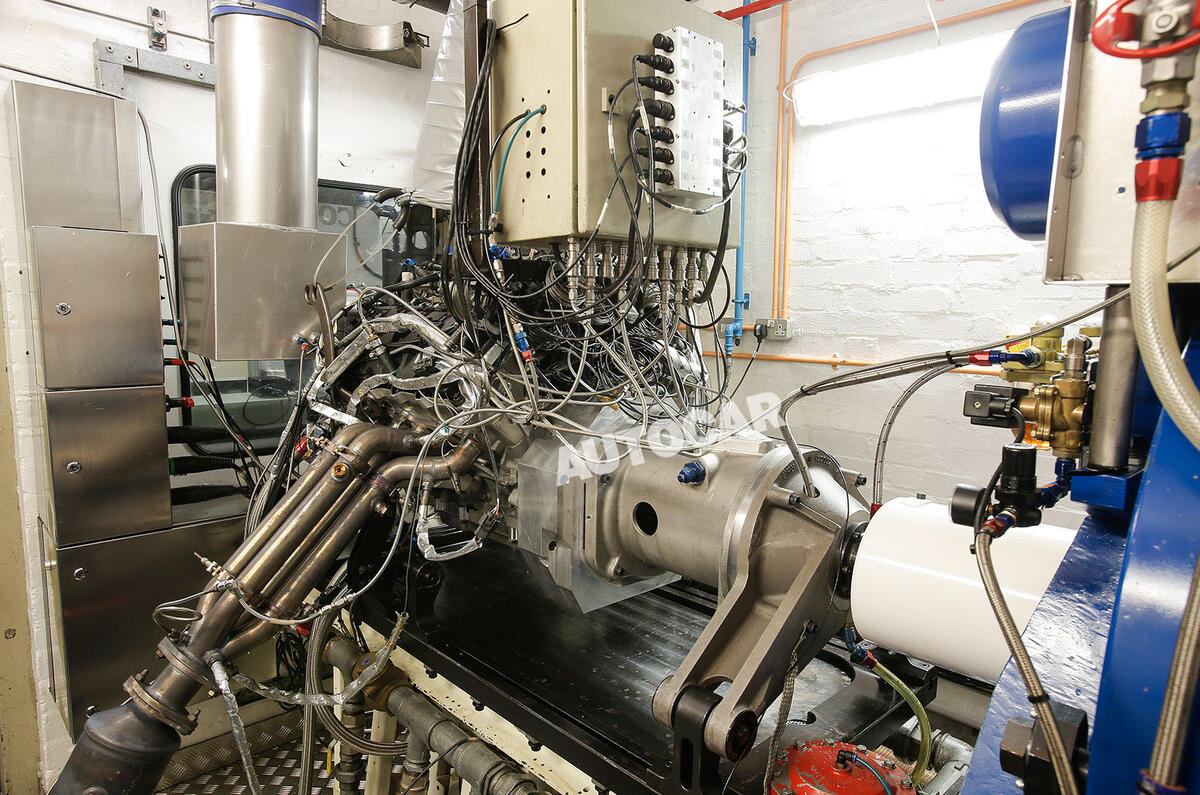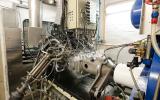TVR fired up its new Cosworth V8 for the first time a few days ago - and discovered it had so much grunt that it overloaded the dyno.
Company bosses Les Edgar and John Chasey were visiting Cosworth’s Northampton works to view and hear a prototype of their new car’s Le Mans engine and watch it do a simulated lap of the famous circuit, but barely a minute into the test its torque output so exceeded expectations that the test equipment had to be shut down and reconfigured.
A few minutes later the re-engineered, all-alloy Ford ‘Coyote’ V8 completed its test lap in 3min 40sec - good enough to have made a TVR Cosworth-powered car a front-runner in the GT3 category at this year’s Le Mans 24 Hours.
Latest - see the first official images of the new TVR
TVR says versions of the Coyote V8 will power every version of its new Gordon Murray-designed car, with power outputs believed to range from around 450bhp to beyond 500bhp.
Every engine will be hand-assembled in Cosworth’s world-famous race shop, under the same conditions as the firm’s F1 and IndyCar race engines and by the same people.
“We thought about setting up a separate operation to build the TVR V8s,” said Cosworth technical director Bruce Wood. “But it seemed more efficient to make them the way we do all our other engines.”
Wood added that Cosworth might build a separate facility if volume increased beyond about 500 cars a year, but if that happened, the same standards would be applied.
TVR plans to build its car in a number of guises - standard and extra-performance road car, track-day car, Tuscan series racer and Le Mans car -so it is reluctant to disclose the extent of Cosworth’s modifications to the Coyote V8.
In standard form, the engine already appears in power levels from around 300bhp in the Ford F-100 pick-up to 412bhp in the recently launched European-spec Mustang.
However, the TVR engines will get unique engine management, which has been designed by Cosworth to modify the behaviour of the engine’s variable cam phasing, plus a lighter flywheel, a dry sump (both to prevent oil starvation during high cornering loads and to lower the engine in the car) and unique manifolds to suit the cars’ side-exit exhausts.
“We reviewed a lot of engines before making our choice,” said Edgar. “We even thought about bringing back TVR’s Speed Six. I’ve always admired my predecessors for being bold enough to make their own engine. But the Speed Six couldn’t have met future clean-air regulations, so it wasn’t a serious contender.”














Join the debate
Add your comment
Stop the Moaning
glennamy wrote: I previously
I envy you, a Griffith really appeals. I do feel though that a couple of slight tweaks could have made them almost perfect. Firstly, simplify the electronics on the latter cars to match the basically sound mechanicals and, perhaps more importantly, why on earth didn't they galvanise the chassis? A glaring omission on an otherwise rust proof car. Yes, new chassis' are relatively cheap, but fitting them...
glennamy wrote: I previously
The Griffith was my favourite ever TVR, and it would definitely be in my fantasy garage. I love a smooth, sleek, elegant car and there aren't many smoother. If the new owners simply put modern power and electronics into the Griffith body they would be well on target to making an epic sportscar.
Come on people! What is the
Come on yourself
It's the other way around, actually; why waste a fine Murray chassis and a nice V8 on a bloody TVR, all plastic and sellotape, incapable of negotiating any roundabout without making a complete arse of itself. But nobody quite put it like:
TVR